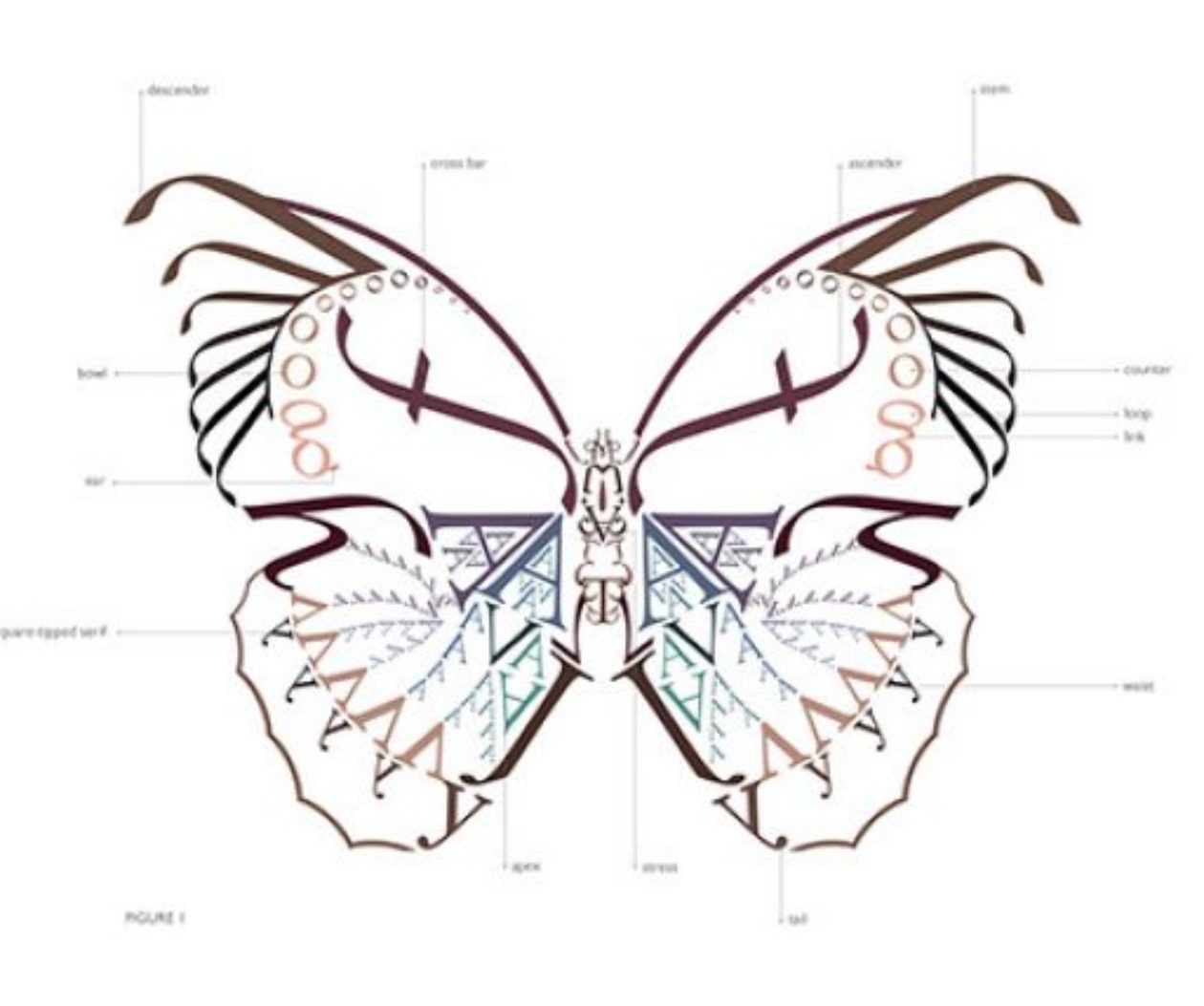*Featured Artwork: from the series “Sonder Seclusion” By Faizan Adil. Project Definition: Sonder: The realization that each random passerby is living life as vivid and complex as your own. Seclusion: The state of being private and away from other people. Each society evolves with new paradigm and generations. In each era, human isolation is increasing with the passage of time. A human rush and psychological warfare can be seen in daily routine. An inner chaos and remorsefulness that are not being addressed by a person or society. An absolute phase that every human faces in his life.
The Mercy of Electroconvulsive Therapy
by Sofia Oumhani Benbahmed
“I had a one-way ticket to a place where all the demons go…”
-Sia, “Alive”
The black car arrived early as usual to pick us up – the staff tech and I. We took the elevator down to the first floor of Saint Joseph’s Hospital on Franklin Street in Denver, Colorado, and climbed in. The driver, Raj, glanced into the rearview window and smiled at me, asking how I was doing. I forced a smile back; Raj felt like a friend by then. “I am alright, thank you,” I responded. He knew better than to try to chat on these trips, for it was he who drove us back.
I watched Denver pass through the backseat window, where I now sat and would later lie with a blasting headache, the mountains rising in cliffs toward the bright sky, and as I often did when the sun shone, I thought of Tichborne’s elegy:
“The day is gone, and yet I saw no sun,
And now I live, and now my life is done.”
The words pulsated through my veins, veins I appreciated for their receipt of the anesthesia that was my only relief in those days. I closed my eyes, knowing soon I would go under, soon I would struggle at the borders of consciousness and find with relief that I had no choice, I had to sleep, and when I did I was finally doing something right. Soon we were in Boulder driving past Pearl Street Mall, and everything was clean and everything was beautiful. I imagined myself someday living there, my gut wrenching as I did; I knew I could never live in such beauty, such apparent simplicity and cleanliness and ease.
We’d take a left soon, and pull up in front of the three story clinic on Alpine Avenue, where the staff member and I would dismount, enter the building and take the elevator to the third floor, to the Guerra and Fisher Institute for Electroconvulsive Therapy. I would stop by the window in the waiting room to sign my name and say hello to Karin, who would smile at me, who never frowned when I was lost for words or behaved as though she thought me odd at all. We had grown friendly and I felt an affection for most of the staff of the clinic. Karin’s black lab, Leo, was certified as a therapy animal and would sit quietly and patiently with we who waited. There was a Keurig coffee machine that I could not drink from, though coffee was one of my few remaining pleasures; I couldn’t have anything to eat or drink for twelve hours prior to the procedure. My first few times I flipped absentmindedly through the magazines on the accent table, before I realized I did not have to pretend to care.
I sat feeling exhausted but looking forward to saying hello to my favorite nurse, Genni. She remains one of the kindest people I’ve ever met; each time she set up my IV she would ask me – sometimes with tears in her eyes – how I was; she knew the answer, but always asked. When I was called back I would first change from my clothes – no bra with underwire, no shirt, instead a green gown, a diaper, and leads for the EKG and EEG – my dirty sweatpants were fine. Genni would take my vitals, apply the EKG leads, and gently part my hair for those for the EEG. A blood pressure cuff was strapped around my left ankle – its pressure would be the last thing I would feel. Genni sometimes updated me on her life; I felt more human when she did, as though she liked me, as though I mattered.

Eventually I would be wheeled on my gurney into the treatment room, a room filled with wires and machines, where Dr. Fisher, the psychiatrist, and Dr. Guerra, the anesthesiologist, would be waiting. Both would greet me with a smile. Dr. Fisher was a fairly ordinary looking man in tan slacks and a loose blue polo, Dr. Guerra rather eccentric, always in a suit, his eyebrows flying in wisps from his face like mustaches; was shorter.
“How’ve you been?” Dr. Fisher would ask kindly. I remember noting that he seemed to have an awful lot of energy. In so many words I would tell them I was miserable. They never behaved as though they were surprised, nor as though they were losing hope. Once we were done catching up I would lean back on the stretcher and gaze upward at the panel of the ceiling that had been replaced with an image of a tree framed sky, the colorful butterflies finding their way to the blue, as Dr. Guerra counted down in his deep and fluid tone:
“Three,
Two,
One,
You’re on your way…”
Each time I would try to stay awake, to resist the medication, to feel my consciousness drain like grains of sand – but under I went as I gazed at the leaves, and my vision shimmered through tears as I fell to sleep.



